curve Scoliosis and your Spine
Scoliosis is an abnormal curve of the spine causing a three-dimensional deformity that results in changes to the structure and function of the spine as well as the soft tissue surrounding it. The word itself comes from the Greek word for crookedness.
Good Curves
From a side view, the spine should not be straight. It is normal to have an S-shaped curve with 3 small C-curves. The C-shaped curves of the neck and low back each form lordosis. The reverse C-shaped curve of the mid-back is called kyphosis. These curves allow for flexibility and also support the body. They help keep us balanced and allow us to stand upright.
Bad Curves
In scoliosis, however, the spine’s straight position begins to bend sideways. It can take the form of a single curve (C-shaped) or a double curve (S-shaped). This curving can lead to changes in the shoulders, ribcage, pelvis, waist, and overall shape of the back.
Scoliosis is twice as common in girls than in boys. It affects approximately 4% of the population and can be seen at any age, but usually starts in puberty. In children, it is associated with increased pain, reduced function and poor self-image. In adults, it is associated with increased back pain, poor quality of life and self-reported disability. It is also hereditary, in that people with scoliosis are more likely to have children with abnormal spinal curves as well; however, there is no correlation between the severity of curves from one generation to the next.
There are 3 main types of scoliosis:
1. Idiopathic
Idiopathic scoliosis represents the most common type of scoliosis. The cause is unknown but thought to involve a combination of genetic and environmental factors.
2. Congenital
Congenital scoliosis is the second most common type of scoliosis. This happens when the curve(s) is present at birth due to malformation of vertebrae that has occurred in utero.
3. Neuromuscular
Neuromuscular scoliosis is also known as secondary scoliosis and is the third most common type of scoliosis. This type of curve is caused by a neuromuscular disease or condition (cerebral palsy, muscular dystrophy, spina bifida). These neuromuscular diseases can cause a loss of muscular support for the spine, and they can be pulled in abnormal directions resulting in scoliosis.
Taking Care of your spine
Diagnosis
Treatment for idiopathic scoliosis depends upon the severity of the curvature. The severity is classified as mild (less than 20°), moderate (20° to 40°), or severe (more than 40°) depending on the degree of curvature. For mild scoliosis curves, patients are usually monitored for progression. However, if the curve shows signs of rapid progression, back bracing may be recommended. In situations where conservative treatments like bracing may be ineffective, and curvature progresses, surgery may be required to help stabilize and straighten the spine.
Chiropractic care
Idiopathic scoliosis is widely treated by chiropractors and common goals of treatment include correction or stabilization of curve severity and pain relief. It’s often the case where a chiropractor may be the first healthcare professional that document an abnormal spinal curve in a patient, as the signs are subtle and can be easily missed. Abnormal curves can be diagnosed using family history, a physical examination and X-rays of the spine.
Traditional chiropractic treatment for scoliosis is similar to what a chiropractor would do for any other patient experiencing back problems. Chiropractors may use different therapies for each patient, depending on the severity of the curve. The primary method of chiropractic treatment involves the adjustment and mobilization of the spine and joints. Chiropractors may also use other therapies to support the main treatment. Exercise in conjunction with chiropractic care, is often used to help improve mobility, and symmetry and help patients to return to pain-free lifestyles.
Prognosis
The majority of people with scoliosis lead normal, happy and productive lives. These curves are best treated with better outcomes when found early, so if you suspect an abnormal curve or are unsure, book an appointment with your chiropractor to get more information. If you think you have scoliosis and are not sure where to start, call the CURAVITA Health Group today to book a comprehensive assessment. Our model of patient-centred care in a collaborative multi-disciplinary environment will ensure you get the right care, at the right time and in the right place.
For more information or to book an appointment with one of our chiropractors, physiotherapists or massage therapists, visit our clinic websites at Curavita Byward and Curavita Glebe.
Byward Market
Email: info.byward@curavita.com
URL: https://byward.curavita.com
Glebe
Email: info.glebe@curavita.com
URL: https://glebe.curavita.com



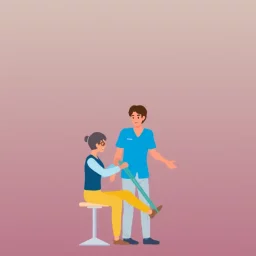

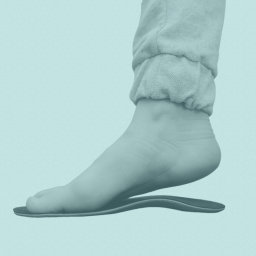



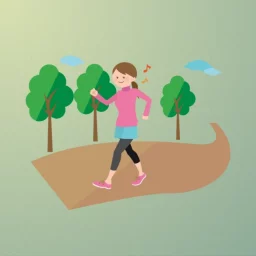
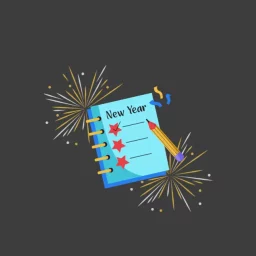
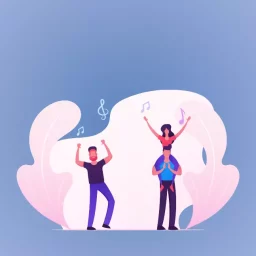
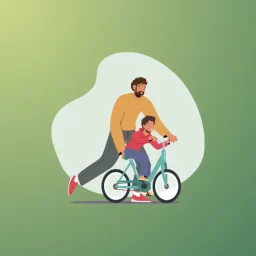
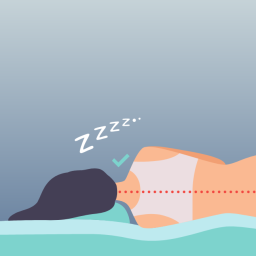


[…] CURAVITA Health Group our team of Chiropractors, Physiotherapists and Registered Massage Therapists are pleased to collaborate on creating a […]